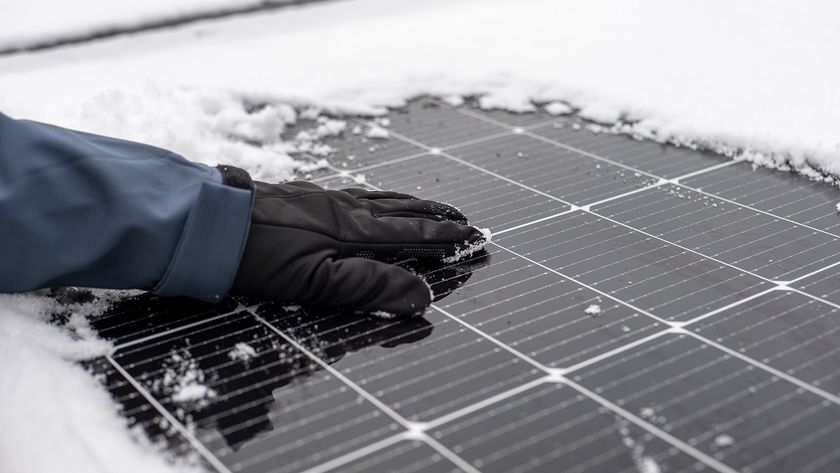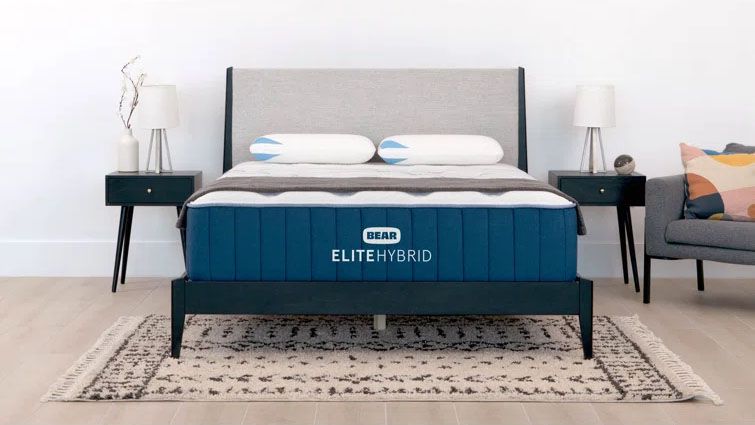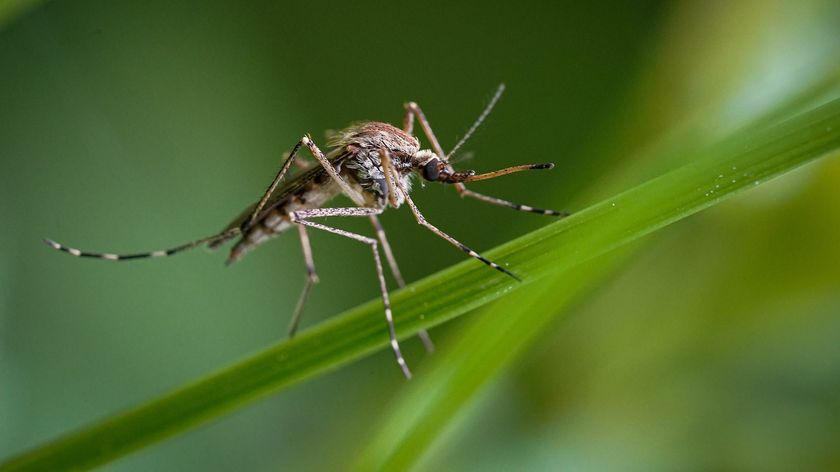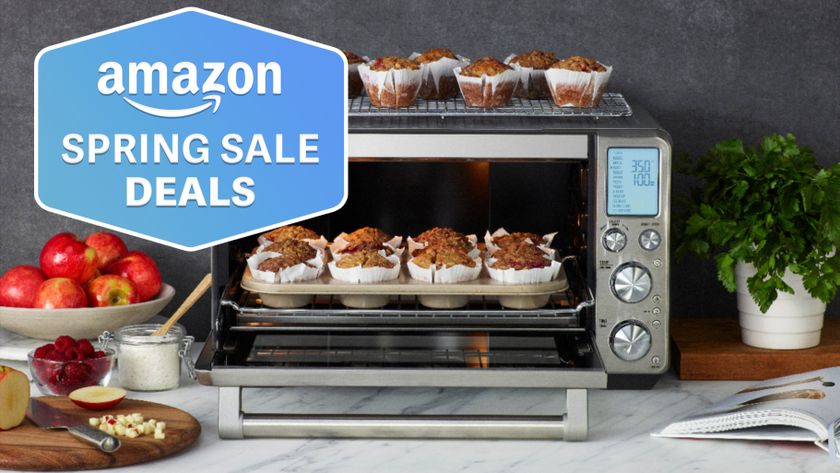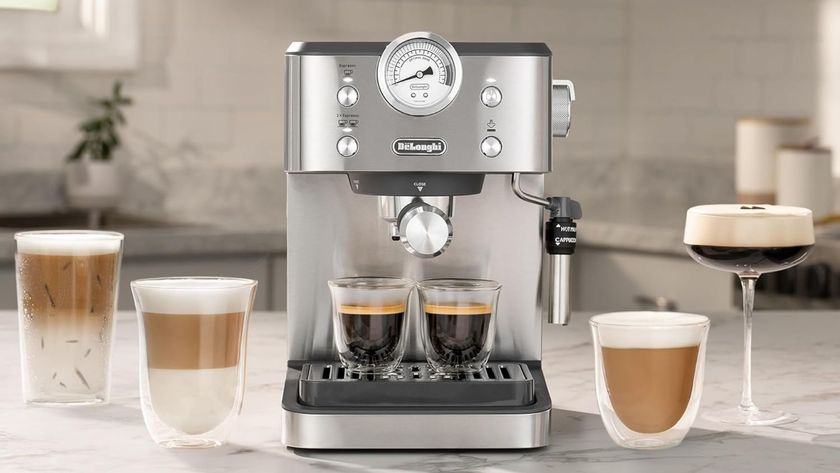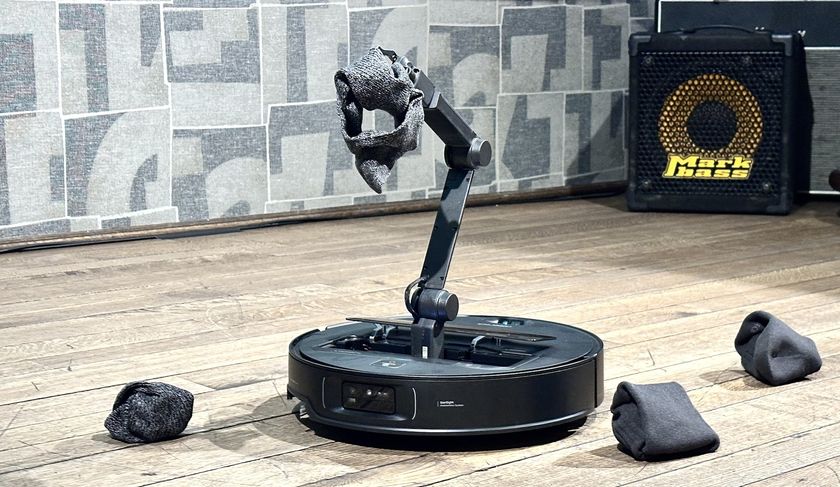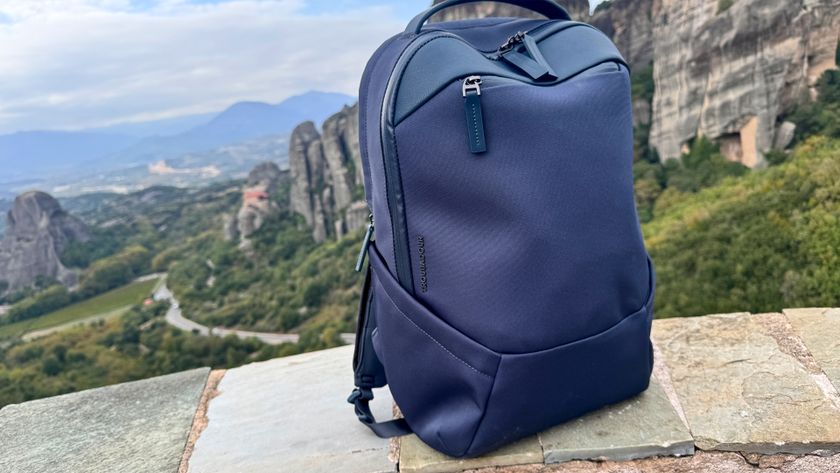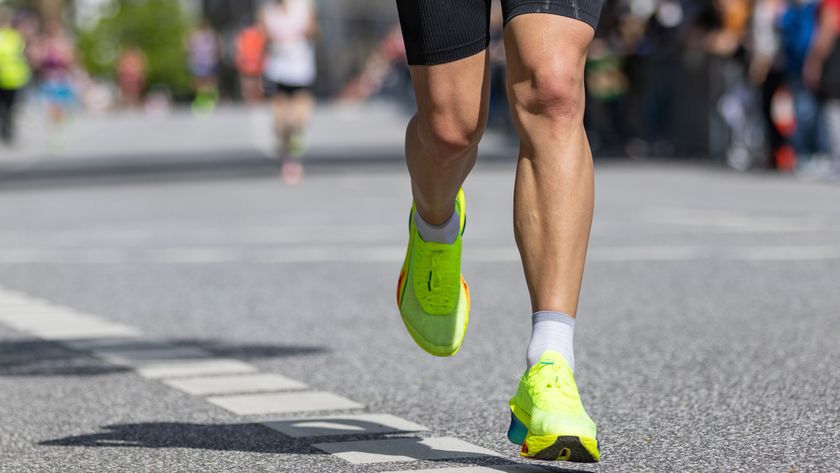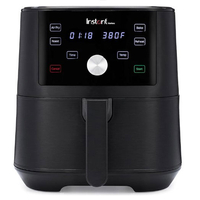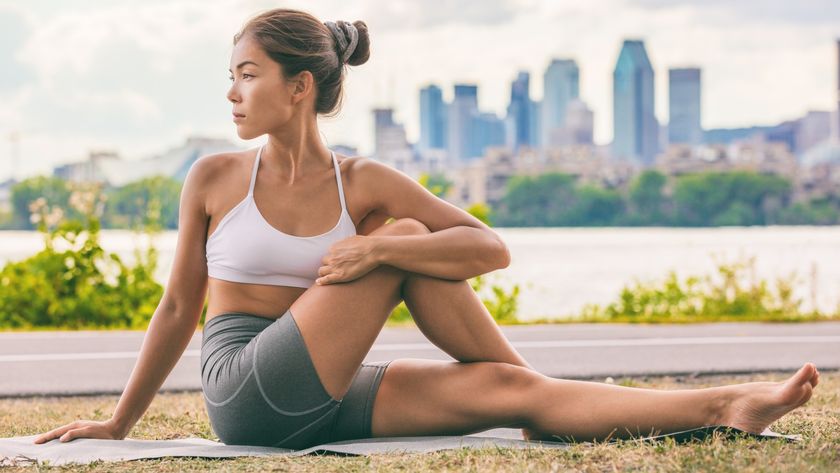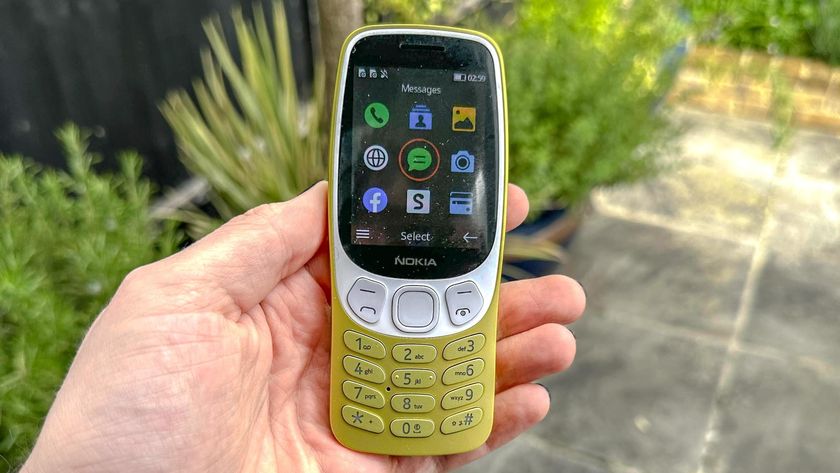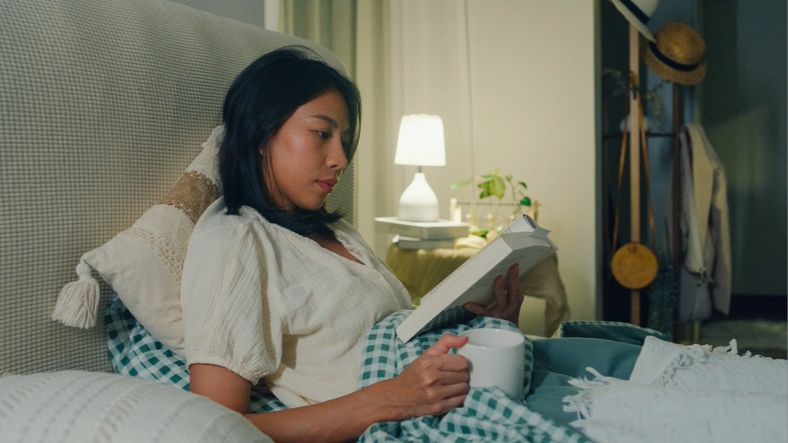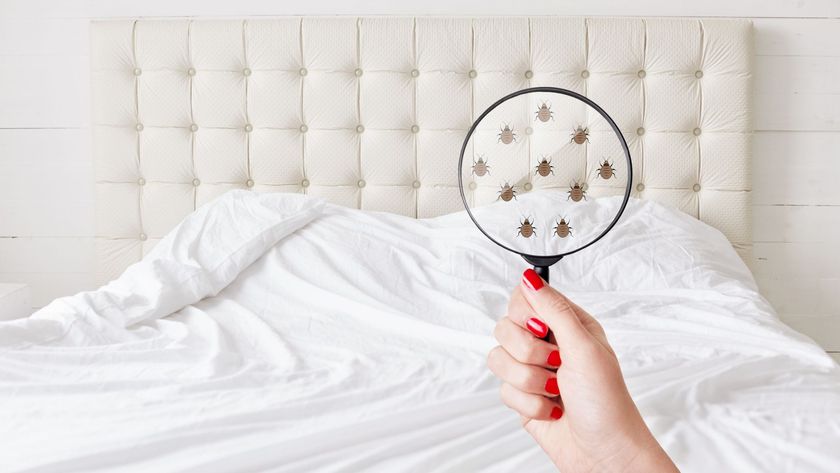Experts warn of these 7 appliances you should never use during a heatwave
Turn off your appliances to dial down the heat

With hotter days on the horizon and temperatures set to rise, it can be tempting to find all manner of ways to keep cool at home. From blocking out the sun, opening windows at the best time, to investing in one of the best cooling mattresses for a good night’s sleep, there’s plenty of tricks to keep our house cool while the temperature soars.
However, there's one element that we don't often consider when trying to find ways to reduce the temperature in our homes during a heatwave, and that’s the impact of running household appliances.
Here we take a look at how we can reduce the impact of heat generating appliances during hot weather and alternatives we can use instead.
1. Cooking range

The kitchen is one of the busiest rooms in the home and is a functional space that houses many large appliances, including either an electric range or gas range. But when temperatures soar, putting on your range to cook a tasty meal can seem like the last thing you want to do.
However, you can still enjoy a home cooked meal, without switching on your range. Why not swap to an alternative and serve up meals that can be cooked for a shorter time in one of the best air fryers or step outside and enjoy a meal cooked on a grill or an outdoor pizza oven. Freezing ahead and batch cooking will also mean you can defrost a meal and heat it through without having the oven on for longer than is needed.
Instant Vortex 6QT XL Air Fryer: was $199 now $79 at Amazon
This Vortex air fryer offers four functions in one, with air fry, broil, roast and reheat. Enjoy crispy food with 95% less oil than traditional deep frying. And with little or no preheat time, you can enjoy frozen food cooked in minutes. Plus, one touch customisable programmes and an easy to use control panel make using this large capacity air fryer a cinch.
2. Dishwasher
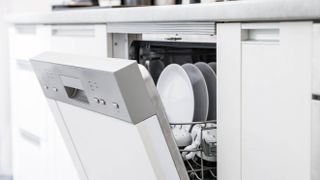
Even the best dishwashers will produce a lot more heat in your home than doing the dishes by hand, but if you'd prefer to not deal with hot water and soap suds you can swap when you turn the dishwasher on.
Instead of running a cycle during peak heat, run your dishwasher cycle when it’s cooler, early in the morning or late at night. Plenty of dishwashers offer timer options, allowing you to set them to start when the temperature is at its coolest.
Sign up to get the BEST of Tom's Guide direct to your inbox.
Get instant access to breaking news, the hottest reviews, great deals and helpful tips.
You may also decide to swap your hot wash to a cooler, more energy-efficient cycle that doesn’t produce as much heat. No matter which option you choose, you can still unload sparkling pots and pans.
3. Washing machine
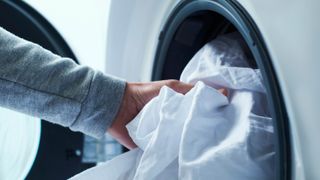
Similar to using a dishwasher, your washing machine can be programmed to come on during cooler times in the day or night, which are considered off-peak, which may have the added benefit of cutting down your energy bill. Reducing the wash temperature will also put out less heat, impacting your home's temperature.
Unless you’re washing heavily soiled items, it’s perfectly OK to turn down the temperature dial when running a washing cycle. However, during the summer heat, there’s little chance of reducing the number of loads that you wash, although you’ll probably find the fabrics you wash are lighter and can fit more in the drum during a cycle.
4. Clothes dryer

As for using a clothes dryer in a heatwave — forget it! The whole job of this appliance is to remove the moisture from your wet laundry using heat, and this heat will also increase the overall temperature of your home.
If you have an outside space, there's always the option of hanging your laundry out to dry in the sun. Even if you have restricted space, there are plenty of ways to get fresh air to your clothes. You could try this Steel Fold Down Wall-Mounted Drying Rack by Daytek ($72 at Wayfair), or if you don’t have any outside space, this aluminium wall-mounted drying rack by Rebrilliant can be used indoors ($47 at Wayfair).
Top tip
When using a clothes dryer it’s always important to ensure you clean the filter regularly. This will prevent a build-up of lint that can block the airflow and cause the dryer to overheat.
5. Small kitchen appliances

From large kitchen appliances to small countertop kitchen gadgets, they all generate heat when left on standby. Many coffee makers automatically heat their cup warmers when switched on, giving you the experience of a perfectly toasty cappuccino during the winter months. During the summer though, when we're all slurping on coffee over ice and even bypassing the coffee maker altogether in favor of cold brew, there's no need to leave these machines running any longer than you're using them.
So, unplug your toaster, kettle, microwave, coffee machine and air fryer when not in use. You’ll also benefit from a tidier kitchen, as cables can be tucked behind the appliances out of sight.
6. Electronic devices

Sometimes you have no choice but to find indoor entertainment when you're shielding yourself from the summer heat, but these devices can often generate a fair amount of heat. Even when not in use, there are many devices that generate heat when plugged in to charge or on standby. 100Green advises that electronic devices such as TVs, set-top boxes, mobile phone chargers, game consoles, stereos, and PCs all give off heat but could be turned off when not in use.
While keeping devices on standby might only generate a small cost, they still produce heat and will contribute to the overall temperature in your home. It’s also good practice to turn devices off when not in use so that they don’t overheat, something that we’d always recommend before going on vacation.
7. Fans
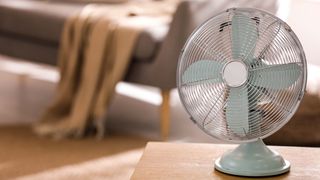
It may seem that fans help to cool us down, but according to experts a Magnet Trade, it’s a myth, “Fans provide a wind-chill effect that makes individuals feel cooler without actually lowering the room’s temperature.
“Fans operate by circulating air within a room, and the electricity used to power them generates heat. Consequently, fans do not reduce a room’s temperature; they can, in fact, contribute to a slight increase in temperature.”
So, apart from increasing your energy bill, a fan will ramp up the temperature in your home. As an alternative, Magnet Trade suggests keeping windows and doors open to ensure proper air circulation and ventilation.
More from Tom's Guide

Camilla Sharman has worked in publishing and marketing for over 30 years and has covered a wide range of sectors within the business and consumer industries both as a feature, content, and freelance writer.
As a business journalist, Camilla has researched articles for many different sectors from the jewellery industry to finance and tech, charities, and the arts. Whatever she’s covered, she enjoys delving deep and learning the ins and out of different topics, then conveying her research within engaging content that informs the reader. In her spare time, when she’s not in her kitchen experimenting with a new recipe, you’ll find her keeping fit at the gym. In the pool, stretching at a yoga class, or on a spin bike, exercise is her escape time. She also loves the great outdoors and if she’s not pottering about in her garden, she’ll be jumping on her bike for a gentle cycle ride.
